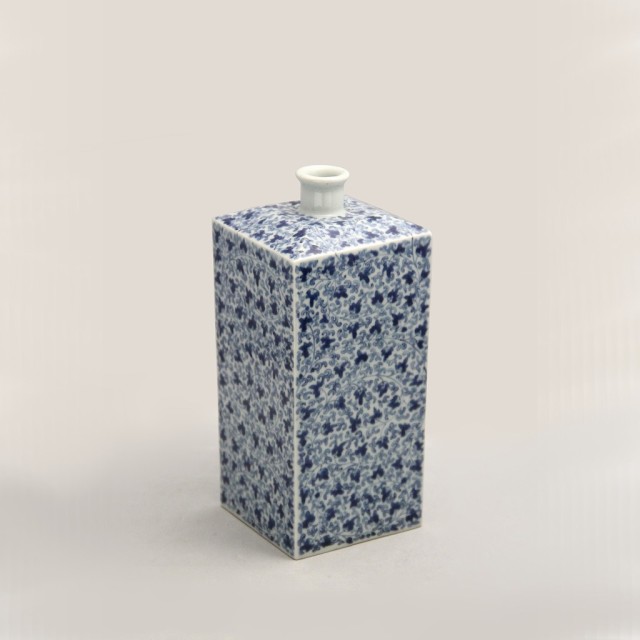
SOLD
D 8.5cm×8.6cm H 20cm
Edo Period, Japan
It is formed by pasting together plate-like clay. The four sides are covered with a minced arabesque pattern, a standard Imari ware pattern.
Imari ware ( 伊万里 )
Imari ware is a generic name of porcelain produced in Hizen country (modern Saga and Nagasaki) around Arita (Arita-cho, Saga), northwestern Kyūshū. Arita's kilns were set up in the 17th century, after kaolin was discovered in 1616. There are some types of Imari ware. "Shoki-Imari", "Kokutani", "Koimari", "Kinrande". One of them was exported to Europe extensively from the port of Imari, Saga, between the second half of the 17th century and the first half of the 18th century. Imari ware has been continually produced up through the present day.
Contact about the Item